Sedimentary rocks are composed of a variety of minerals. They can be classified into two broad groups – Clastic (or Detrital) Sediments and Chemical sediments or precipitates. Clastic sediments accumulate from the fragments of pre-existing rocks and minerals.
The study of sedimentary rocks provides information about the subsurface that is useful for civil engineering, as in the construction of roads, houses, tunnels, canals, or other structures. They also are important sources of natural resources including fossil fuels, coal, drinking water, and ores.
These rocks can be unconsolidated or consolidated. The process of transformation from an unconsolidated rock to a consolidated one is called Diagenesis, eventually, from this process, further minerals are formed.
Clastic Sediments Minerals
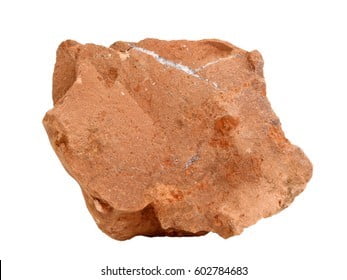
When the detritus from pre-existing rocks gets eroded by the action of wind, water, or ice, Clastic Sedimentary rocks are formed. These rocks are widespread in Wales. Examples of such stones are Sandstones and Mudstones. While the former is composed dominantly of quartz grains, the latter are clay mineral-rich.
Clastic sediments are made of physically transported and deposited particles. The bulk of minerals making up clastic sedimentary rocks are common rock-forming species, such as quartz, feldspar, and mica. Both common and minor minerals in an eroding rock may end up in the resulting sediment.
Let us learn more about their commercial value below-
Sandstone
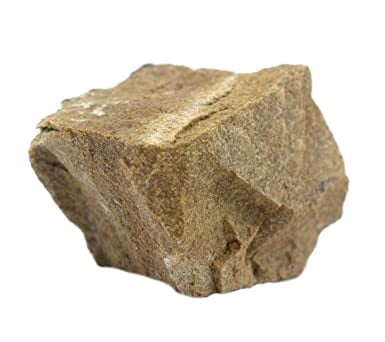
As the name suggests, these stones are made up of sand. It is a popular building material around the world for a long time as it is easy to work with. They are very common in areas like West Yorkshire, where almost every building is made from it. The famous Cliffe Castle Museum is also constructed from sandstone.
Mudstone (Shale)
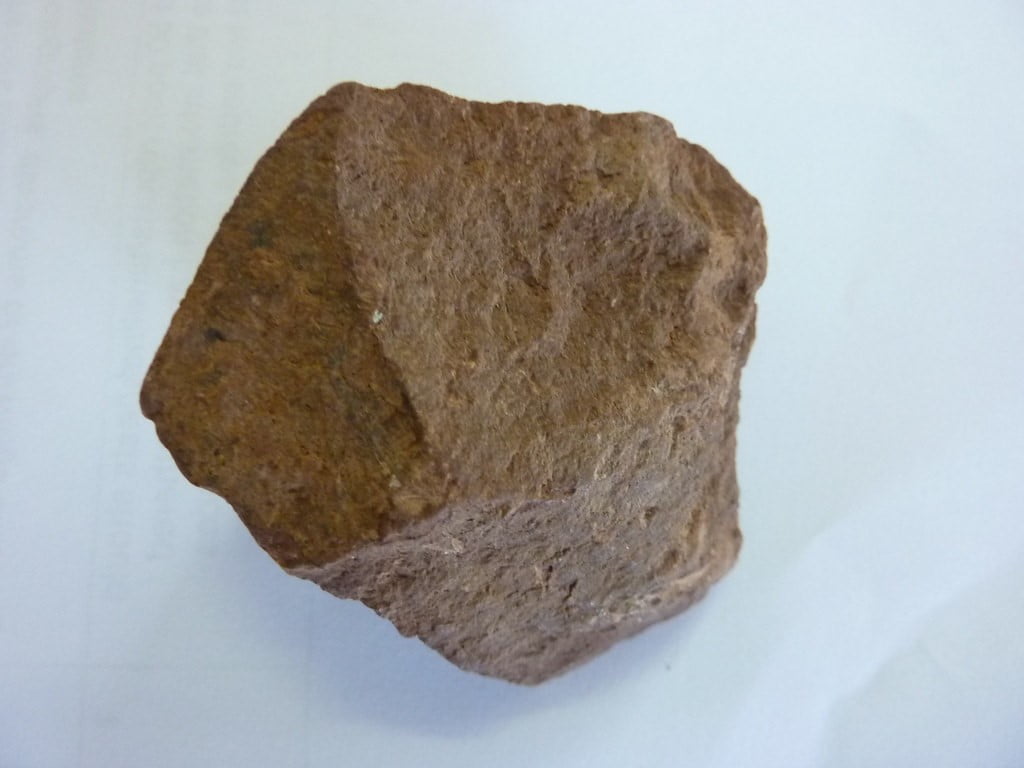
The key ingredients of Shale are Mud, Silt, and Clay. They are usually dark-colored, compacted to form soft, easily breakable rock. Shale is generally a filler in the production of paint. They are also used in brick making and as a base material under roads.
Sedimentary rocks form Chemical Precipitation
Chemical sediments are formed as a result of the precipitation of dissolved substances from sea or lake water. Common products like limestones are deposited by the precipitation of calcium carbonate as calcite.
The process of precipitation either occurs directly from water or involves organisms in biochemical processes. Marbles are another example of limestones.
Chemical sediments are grown from solution, organically or inorganically. When the minerals are grown from solution by organisms, they are specifically referred to as biochemical sediment.
Let us learn more about Limestones-
Limestones

Primarily made from the mineral calcite (Calcium Carbonate), limestones are formed from the remains of billions of tiny sea creatures which have been pressed together and compacted below the ocean floor.
They are used in multiple ways- as a building stone, in the production of lime (material to improve the soil for farming), industrial carbon dioxide and cement making, and also for glass production. Chalk for example is also a form of limestone.
In some limestones, magnesium substitutes for calcium in calcite to form the mineral Dolomite. Such rocks are termed dolomites or dolomitic limestones.
Sintered dolomites are required for making bricks for LD converter lining. In steelmaking calcined dolomite would be used as flux and in iron making dolomite would be used for the production of fluxed sinter.
Marble
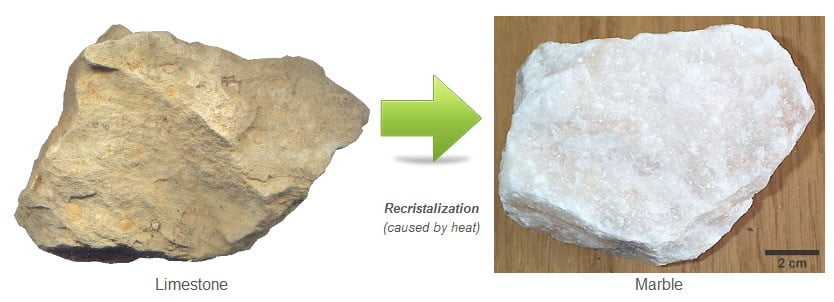
When limestones undergo changes, marbles are formed. It is a crystalline rock and has many uses. Parthenon, an important temple in Ancient Greece, was built using around 22,000 tonnes of Marble. It is still used as a building and sculpture material today. They are also ground down and used in soaps and cleaning products.
Sedimentary rocks as a source of other valuable resources
Oil and Natural Gas
Natural gas and oil are generated from such source rocks only after heating and compaction. Typical petroleum formation temperatures do not exceed 100 °C, which means that the depth of burial of source rocks cannot be greater than few kilometers.
Coal
Coals are the most abundant organic-rich sedimentary rock. It consists of undecayed organic matter that either gets accumulated in place or gets transported from elsewhere to the depositional site. Humus is the most important organic component in coal.
Oil Shale
Oil Shale is mudrock containing high amounts of organic matter in the form of kerogen. The cost of extracting the oil by heating the shale, however, far exceeds the cost of extracting equivalent quantities of crude oil, natural gas, or coal.
Conclusion
Sedimentary rocks provide clues as to where and how the rocks may have formed. Fossils, allow us to study the history of life on earth by representing the traces and or remains of extinct life forms.
They also hold commercial value being a source of petroleum, groundwater, building materials, and economically valuable rocks in your backyard, mineral deposits such as aluminum, gold, iron, and others.

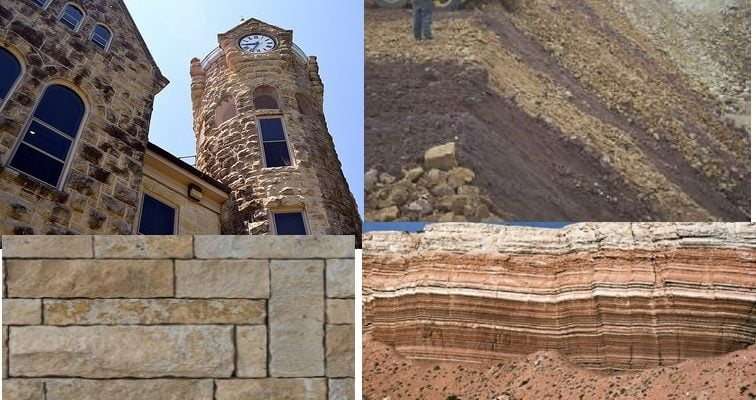

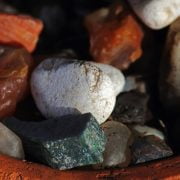

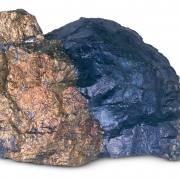
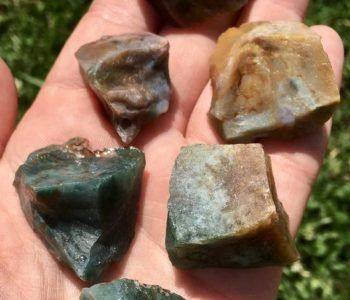

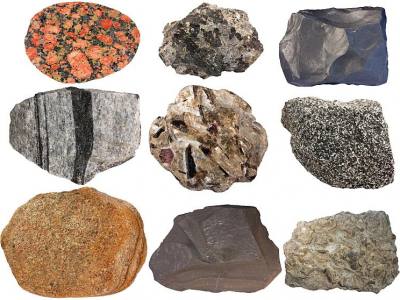
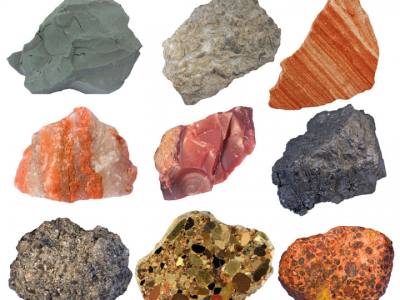




Comments